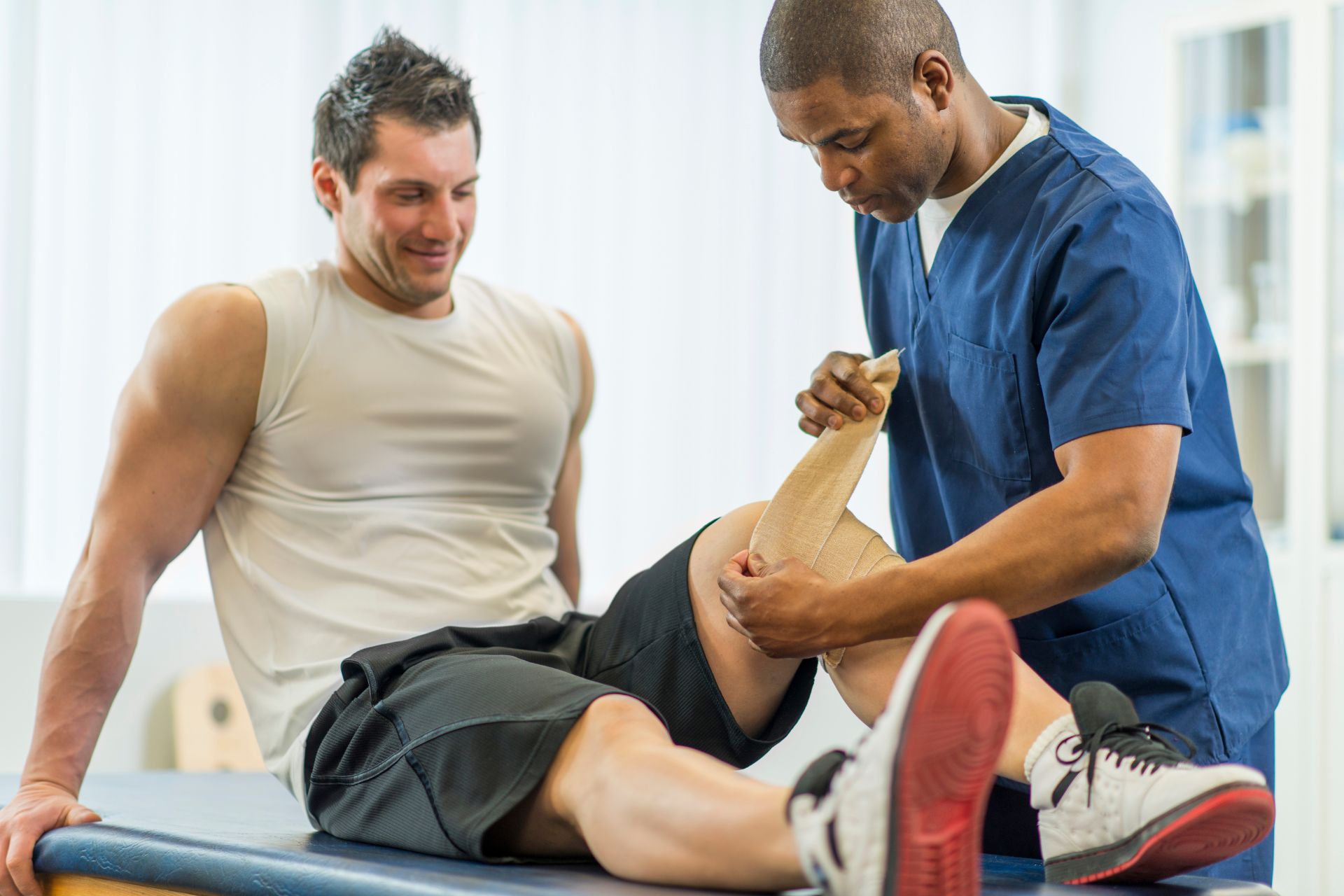Frequently Asked Questions
Electrical stimulation techniques, such as neuromuscular electrical stimulation (NMES) and transcutaneous electrical nerve stimulation (TENS), have gained prominence in the realm of muscle recovery for athletes. NMES is particularly effective in promoting muscle contraction, enhancing blood circulation, and facilitating the removal of metabolic waste products, which collectively contribute to faster recovery times and reduced muscle soreness. TENS, on the other hand, is utilized primarily for pain management, providing analgesic effects that can alleviate discomfort associated with intense training sessions or injuries. Additionally, the application of electrical stimulation can improve muscle strength and endurance by targeting specific muscle groups, thereby optimizing performance during subsequent training cycles. The integration of these modalities into post-exercise recovery protocols, often in conjunction with other techniques such as cryotherapy and active recovery, can significantly enhance overall athletic performance and reduce the risk of injury.
Cryotherapy, a therapeutic technique involving the application of extreme cold to the body, has been shown to significantly impact inflammation and recovery times in sports injuries. By inducing vasoconstriction, cryotherapy reduces blood flow to the affected area, which in turn minimizes edema and the release of inflammatory mediators such as cytokines and prostaglandins. This reduction in inflammation can lead to decreased pain perception and muscle soreness, facilitating a more rapid return to activity. Additionally, the application of cold therapy can enhance the recovery process by promoting the removal of metabolic waste products and improving the overall healing environment for tissues. Athletes often utilize localized cryo treatments, such as ice packs or cryo chambers, to expedite recovery from acute injuries like sprains, strains, and contusions, ultimately leading to improved performance outcomes and reduced downtime. The integration of cryotherapy into rehabilitation protocols has garnered attention for its potential to optimize recovery timelines and enhance athletic performance.
Kinesiology tape plays a significant role in the rehabilitation of specific sports injuries by providing support and stability to affected muscles and joints while allowing for a full range of motion. This elastic therapeutic tape is often utilized in the recovery process for conditions such as ankle sprains, patellar tendinopathy, and rotator cuff injuries. By mimicking the elasticity of human skin, kinesiology tape facilitates proprioception, enhances blood circulation, and reduces swelling, which can accelerate the healing process. Additionally, its application can alleviate pain through neuromuscular facilitation, thereby improving athletic performance during rehabilitation. The tape's ability to lift the skin creates a micro-space that can decrease pressure on pain receptors, making it a valuable tool in sports medicine. Athletes often report increased confidence and reduced discomfort when using kinesiology tape, which can lead to a more effective return to sport-specific activities.
Hydrotherapy can be meticulously tailored to address various athletic injuries by utilizing specific water-based techniques that promote healing and rehabilitation. For acute injuries, such as sprains or strains, cold water immersion can reduce inflammation and alleviate pain, while contrast baths alternating between hot and cold water can enhance circulation and expedite recovery. In cases of chronic conditions like tendonitis or bursitis, warm water therapy can facilitate muscle relaxation and improve flexibility, allowing for gentle stretching and strengthening exercises. Aquatic therapy, utilizing resistance from water, can be particularly beneficial for athletes recovering from surgeries, as it minimizes impact on joints while providing a safe environment for progressive loading. Additionally, the buoyancy of water aids in proprioception and balance training, crucial for athletes returning from lower extremity injuries. By customizing the temperature, depth, and type of hydrotherapy, practitioners can effectively address the unique needs of each athlete, promoting optimal recovery and enhancing performance.
Ultrasound therapy offers numerous benefits in the rehabilitation of tendon injuries, primarily through its ability to enhance tissue healing and reduce inflammation. This non-invasive modality utilizes high-frequency sound waves to penetrate deep into soft tissues, promoting increased blood flow and facilitating the repair of damaged tendons. The thermal effects of ultrasound can elevate tissue temperature, which aids in collagen synthesis and improves the extensibility of the tendon, thereby enhancing flexibility and range of motion. Additionally, the mechanical vibrations generated by ultrasound can stimulate cellular activity, leading to accelerated recovery times and decreased pain perception. Furthermore, ultrasound therapy can assist in breaking down scar tissue and adhesions, which are common complications in tendon injuries, ultimately contributing to a more effective rehabilitation process. Overall, the integration of ultrasound therapy into a comprehensive treatment plan can significantly optimize functional outcomes and expedite the return to activity for individuals recovering from tendon injuries.

